I woke up this morning wishing for a big vase full of cut Viburnum bodnantense. Lucky for me, it is ever so happily growing in my garden and I can harvest some cuttings from the winter plant to bring forced branches inside. I go outside in pajamas, slippers and with coffee and visit my shrub.
To force or not to force- that is the question. Should I wait the month for them to open naturally or take them in? I hope that I can coax them to emerge early indoors.
Woody Shubs For Early Spring Forced Branches Indoors
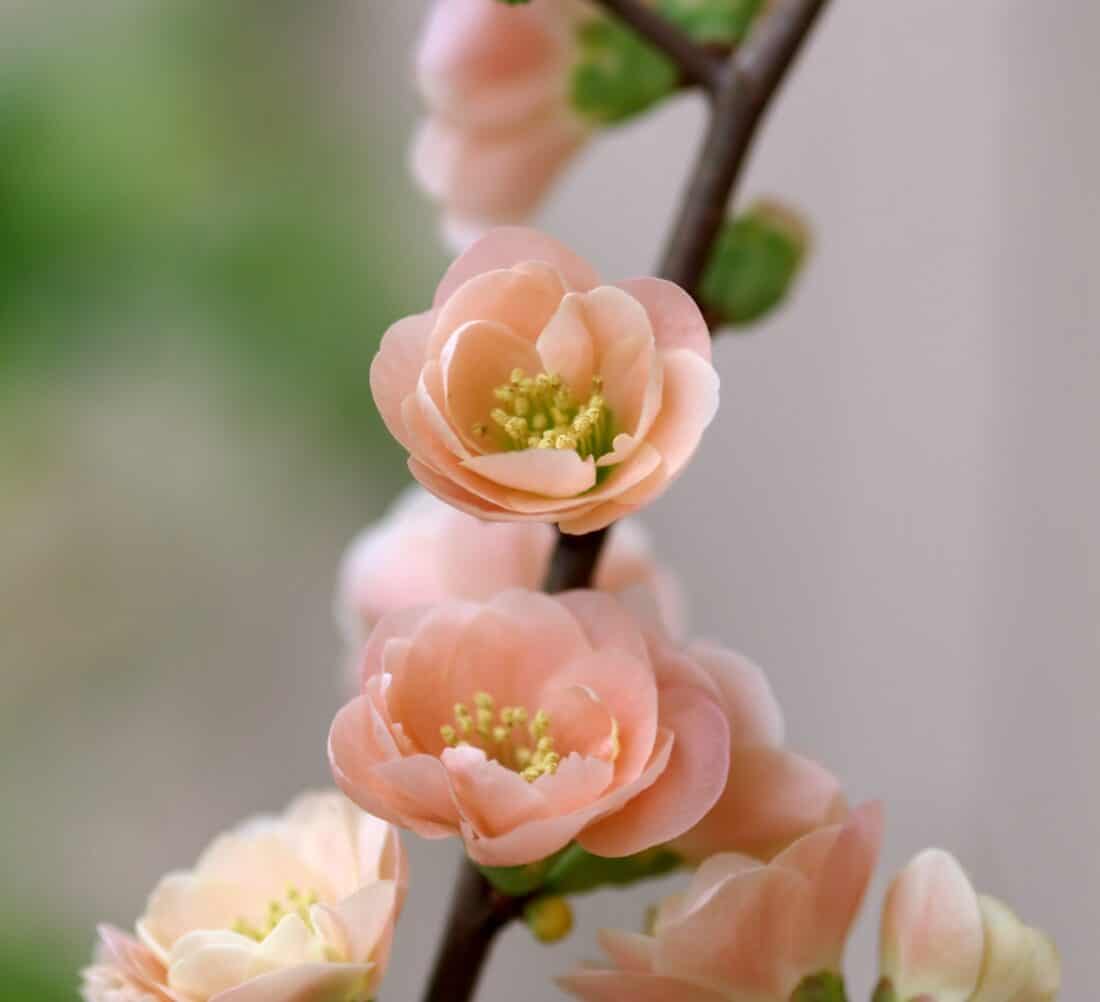
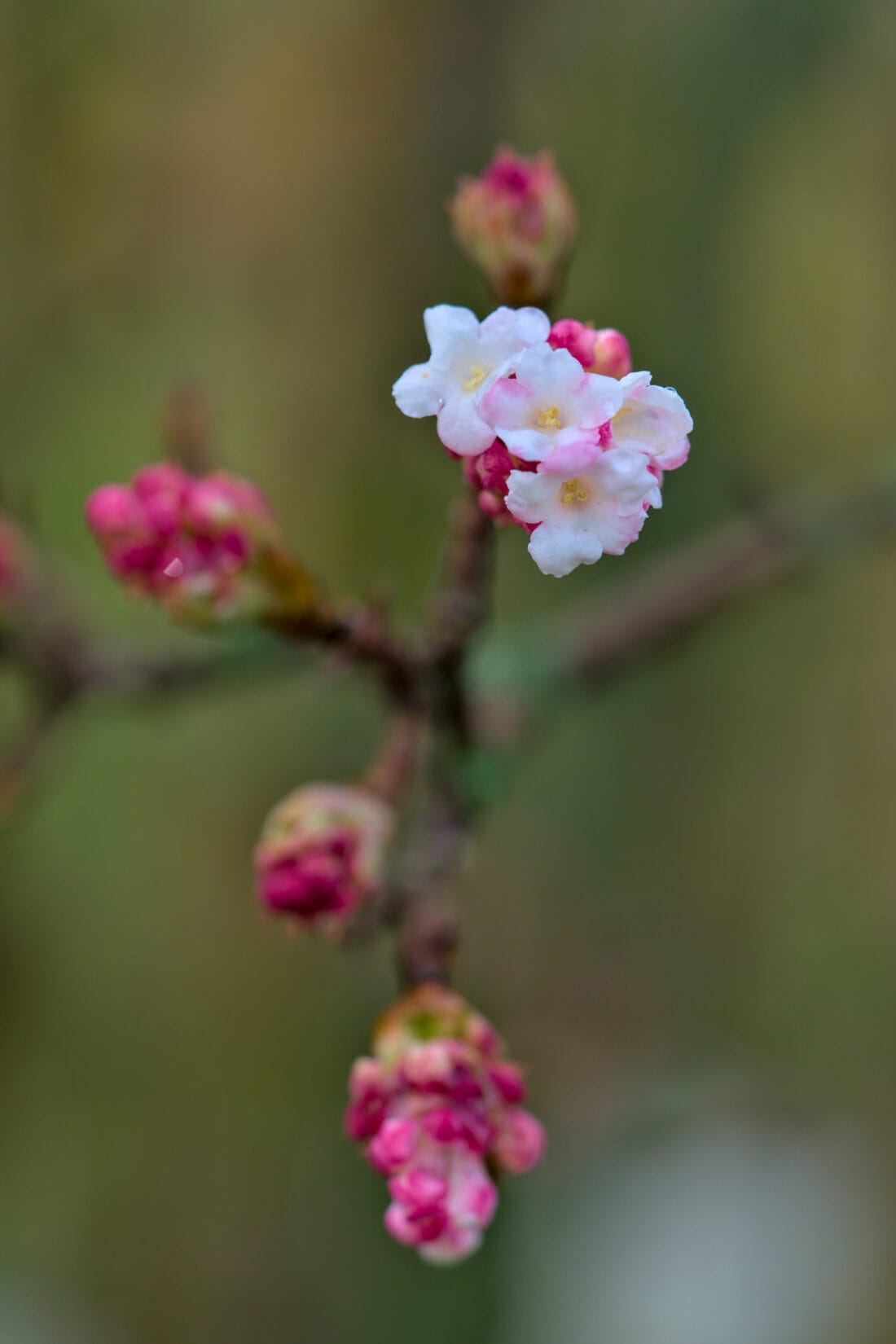
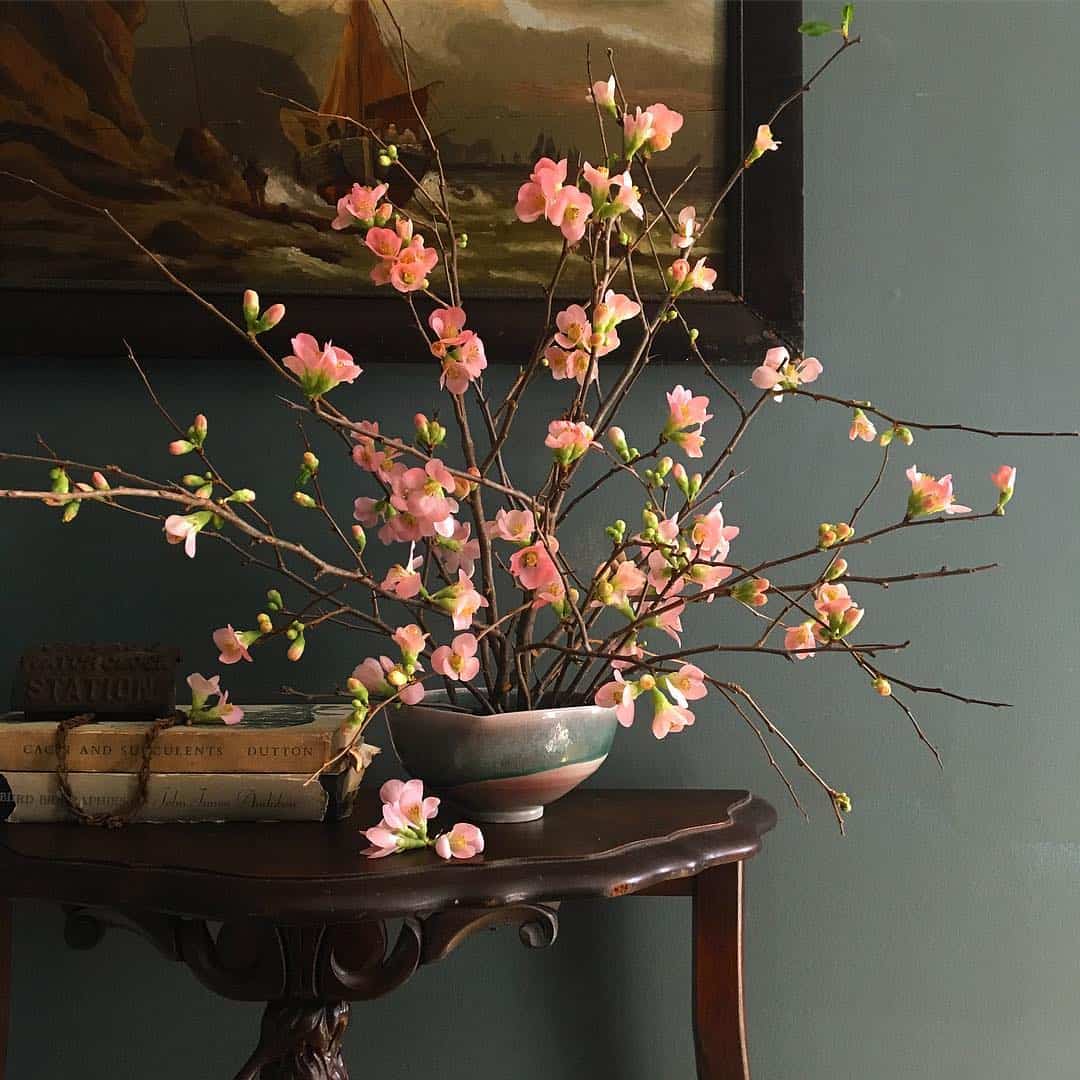
Felcos in hand, I decided to walk around the garden. Checking in on my dear woody bloomers and making sure that there was not something else I should be snipping for arrangements.
And then it hits! It feels too much like spring, and I start fussing around in some sort of gardening autopilot. My January border is brimming with forced branches and floral potential.
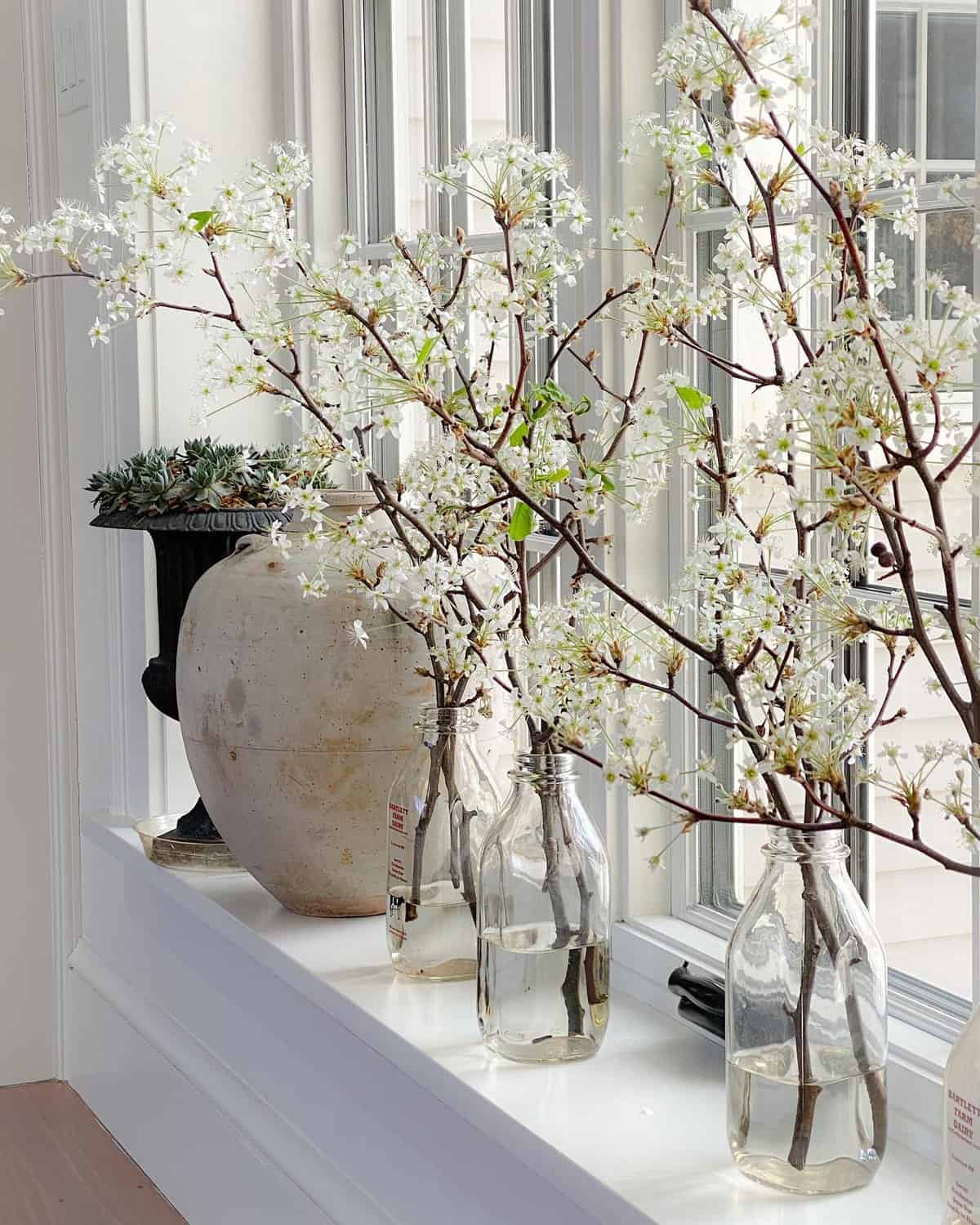
The quinces ‘cameo’ and ‘jet trail’ (Chaenomeles suberba ‘Jet Trail) are budded up and ready for the forcing challenge but then there is Corylopsis glabrescens ‘longwood chimes’, which could look so nice cascading out of apothecary jars.
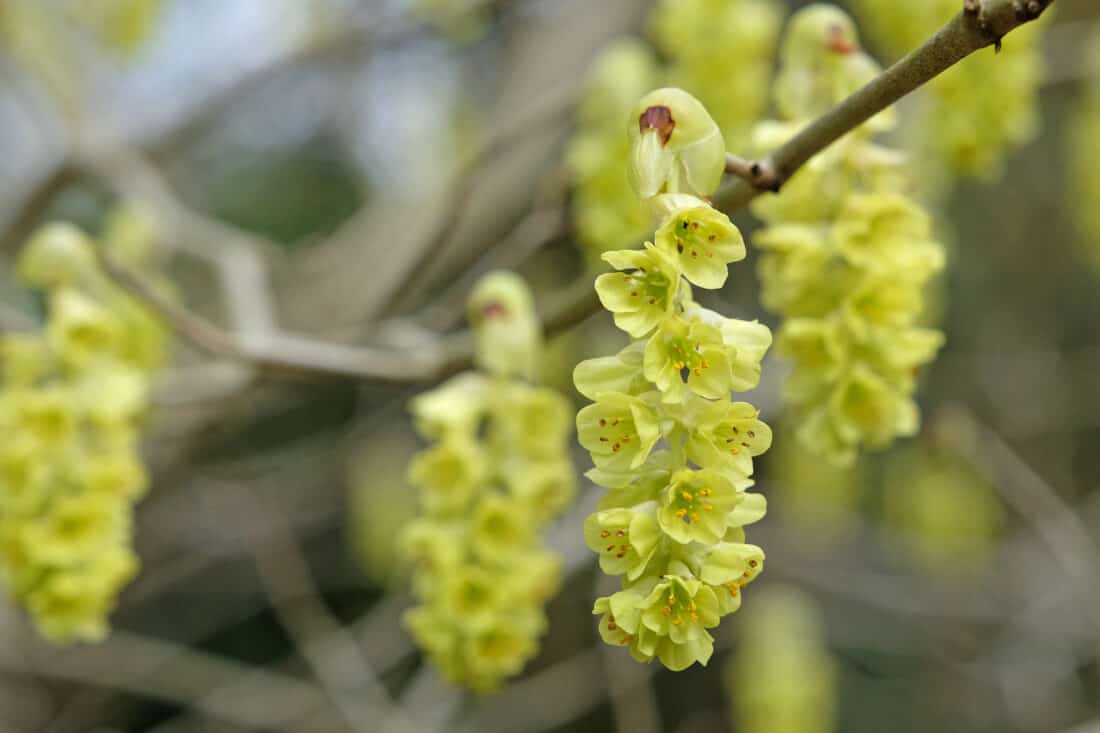
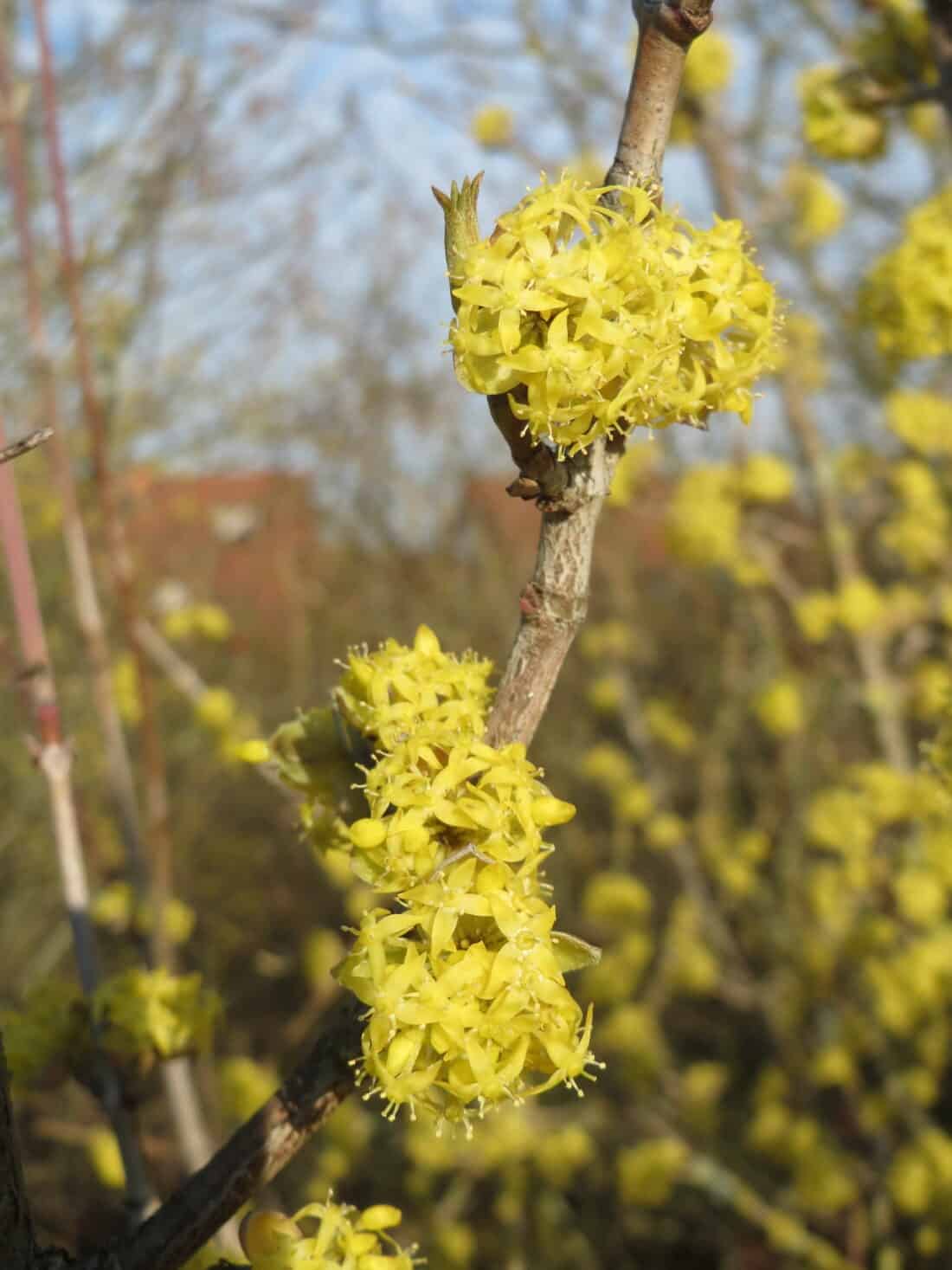
Wait! Big branches of Magnolia stellatta and Cornus mas that I could place in large cylinder vases or display in tin-fluted urns.
And fragrance? What about Lonicera fragrantissima and the many witch hazels?

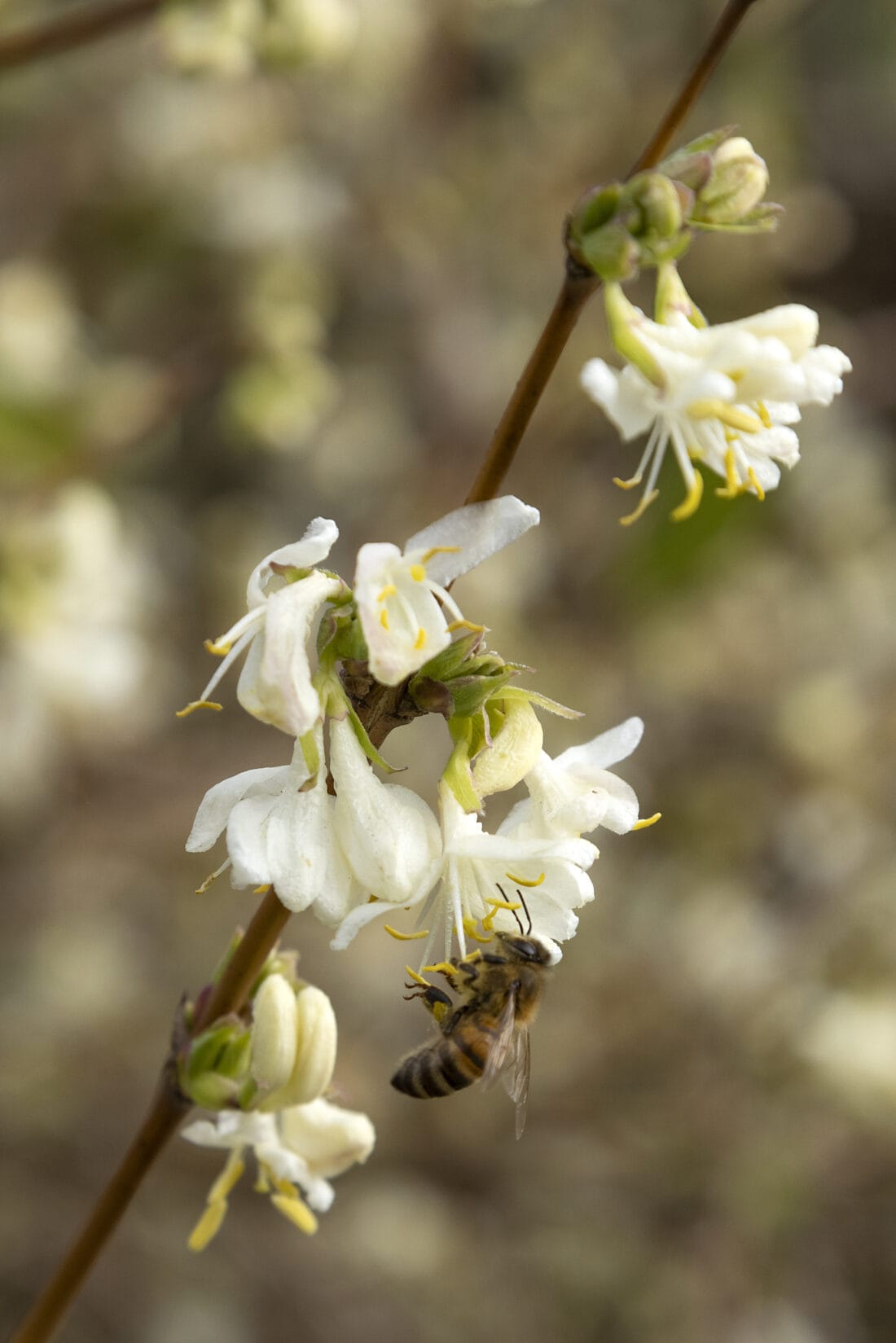
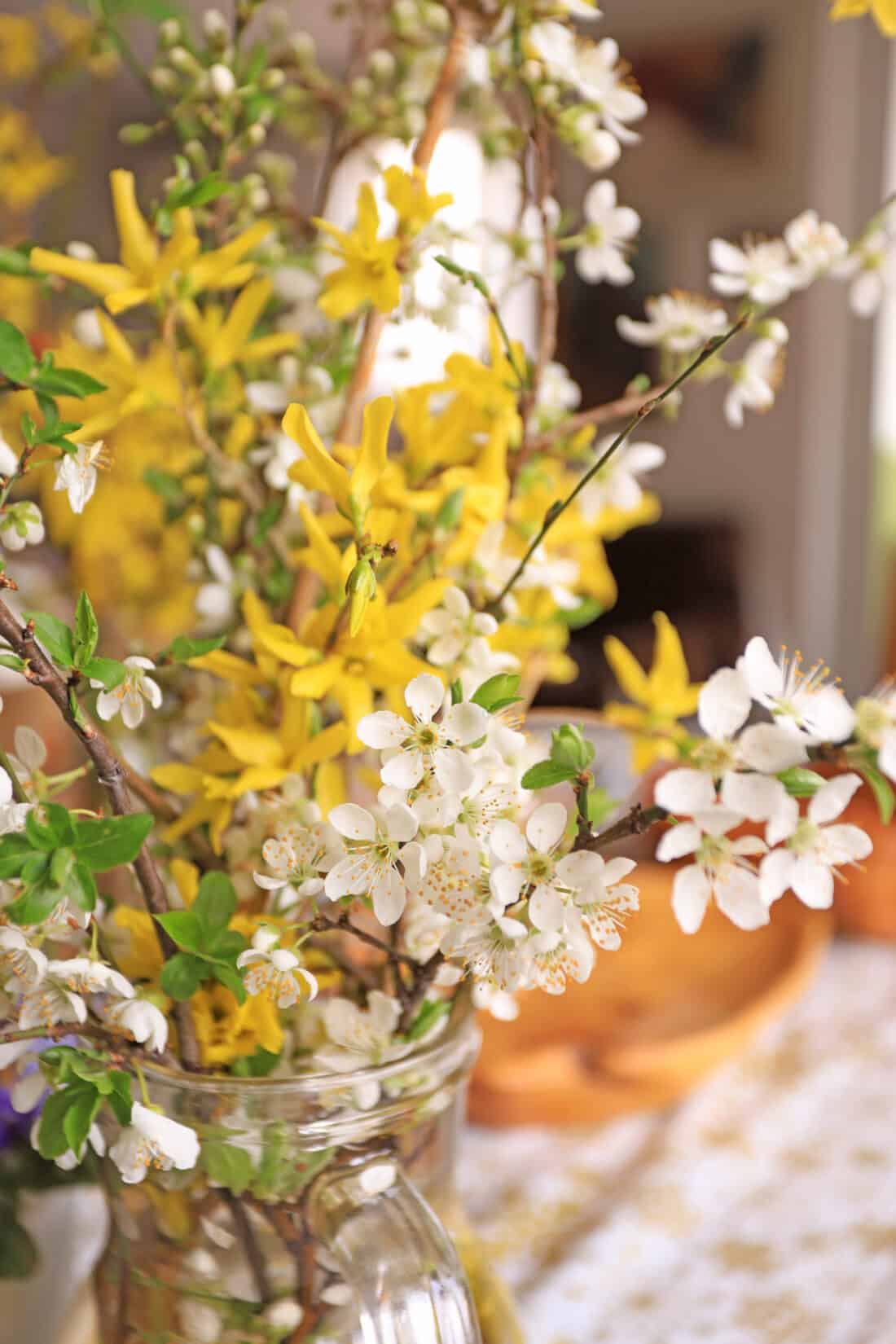
Since it was 40 degrees, I was able to slow down and take it all in. My coffee was starting to get cold. Slippers and fingers muddy from removing leaves from the base of a stewartia where scilla soon will be emerging in pretty shades of blue.
Last year, on this very day, I could have been shoveling 13” of snow and skating on the frozen vernal pool. I would happily be in winter hibernation, where seed and plant catalogs with their tantalizing descriptions and glossy close-ups would be enough for me. Happy that my plants were all tucked in under the snow and were somewhat out of sight. Is this how global warming will affect us gardeners? An early onset of spring fever?
With too many choices to sort out without a full cup of coffee in the system, I decided to snip a few pieces here and there and start an experiment that I will share over the next few weeks: 6 great woody shrubs /ornamental trees that are great in the garden and lovely when utilized in arrangements.
Stay tuned! – – Roanne
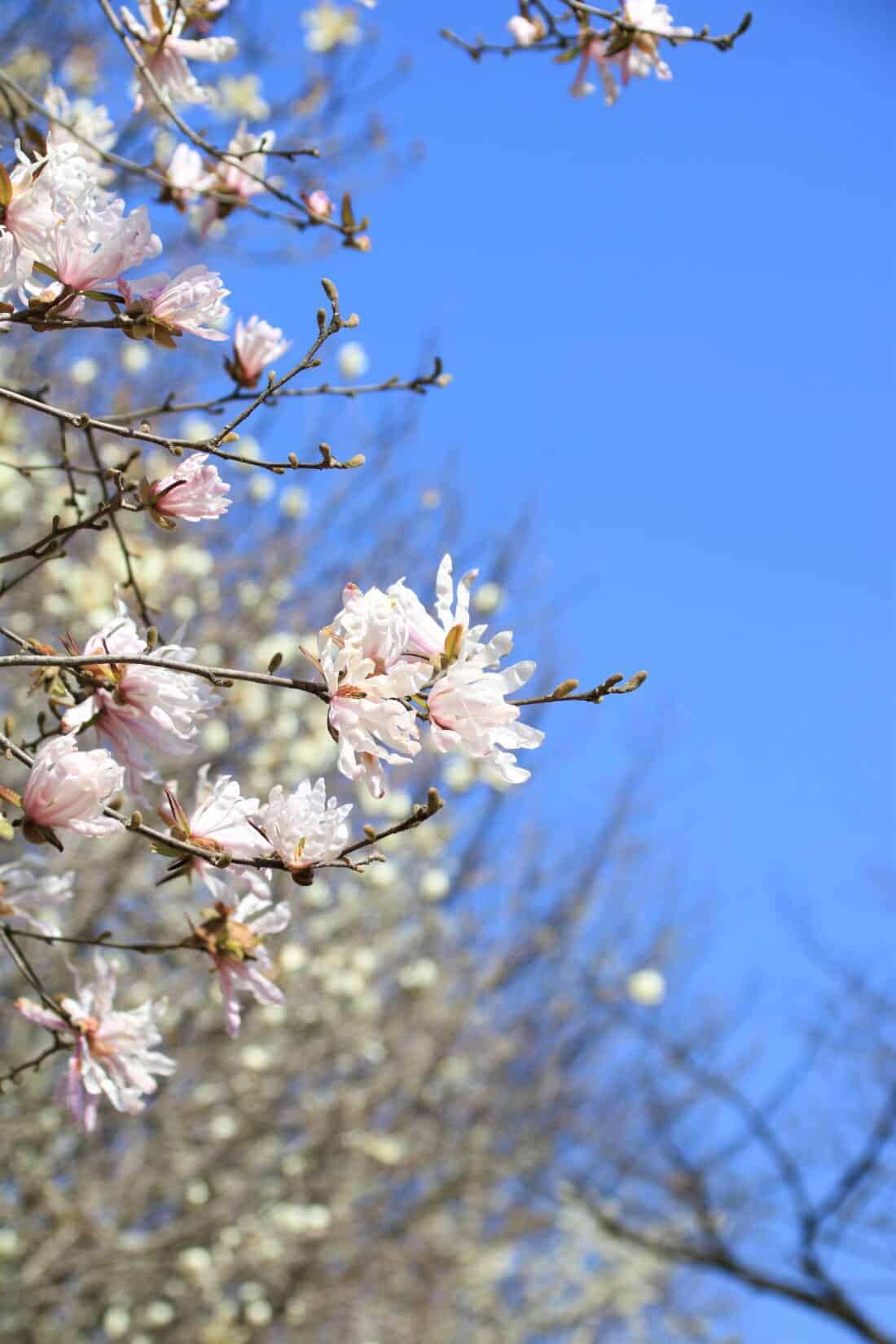
Tips for Forcing Natural Branches in Vases for Early Spring Indoor Flowers:
- Choose the Right Time:
- Select branches for cutting just as buds begin to swell but before they fully open. This is typically in late winter to early spring, depending on the specific flowering tree or shrub.
- Use Clean and Sharp Tools:
- Ensure your pruning shears or scissors are clean and sharp. Clean cuts promote better water uptake and reduce the risk of diseases.
- Select Healthy Branches:
- Choose branches that are healthy, free from pests or diseases, and have well-formed buds. Avoid branches with signs of stress or damage.
- Cut at an Angle:
- Make a slanted cut at the base of the branch. This increases the surface area for water absorption and prevents the cut end from sitting flat at the bottom of the vase.
- Remove Excess Foliage:
- Trim away excess foliage, especially any buds or branches that will be below the waterline in your vase. This helps to reduce the chances of bacterial growth in the water.
- Use Warm Water:
- Place the cut branches in a bucket of warm water immediately after cutting. Warm water helps to encourage water uptake.
- Split the Base:
- For woody branches, consider making a small split at the base. This can help the branch take up water more efficiently.
- Change Water Regularly:
- Change the water in the vase every few days to keep it clean and fresh. This helps extend the life of the cut branches. (These will take longer than the average cut flower bouquet lasts, so expect to have to change the water for a while)
- Provide Adequate Light:
- Place the vase in a location with bright, indirect light. This helps the buds open properly and extends the flowering period.
- Control Temperature:
- Keep the vase in a cool room initially to slow down the opening of the buds. Once buds start to open, you can move them to a warmer room to accelerate the process.
- Mist the Buds:
- If the indoor air is dry, mist the buds regularly with water to maintain humidity and prevent premature drying.
- Consider Forcing Techniques:
- Some branches benefit from specific forcing techniques. For example, forsythia and pussy willow branches can be gently mashed or split to encourage faster water uptake.
- Mix Flower Preservative:
- Adding a floral preservative to the water can help nourish the branches and prevent bacterial growth. Follow the package instructions for the correct dilution.
- Experiment with Different Species:
- Try forcing branches from various flowering trees and shrubs to enjoy a variety of colors and shapes indoors.
- Patience is Key:
- Be patient and enjoy the gradual opening of the buds. Some branches may take a few days or even a few weeks to bloom indoors fully.
I _love_ the photo of twigs in bottles. It’s just beautiful. It makes me imagine the very serene and simple room it must be in.
AWESOME pictures! Great entry! Learned a bunch…
Thanks a lot!